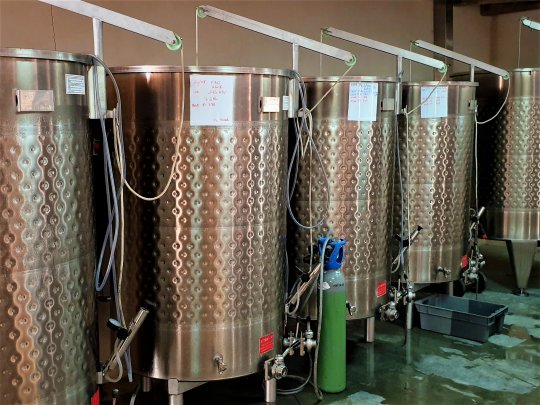What is the purpose of settling and how should it be managed?
The two fundamental tools for settling are:
-
Temperature control
-
Turbidity measurements using a nephelometer
Settling is a key step in white winemaking. The lees present in the must after pressing are made up of plant debris, earth, residues of phytosanitary products, etc. They can be a source of reduction, bitterness and herbaceous aromas.
Settling is all the more important when the harvest is compromised (rot), crushed or under-ripe.
The must also contains a lipid fraction (palmitic, oleic, linoleic acid, etc.) which can be assimilated by the yeasts in their membrane phospholipids. These lipids are necessary in a certain proportion.
However, a degree of turbidity must be maintained, since the lees act as a support for the yeast and provide certain desirable compounds, as previously mentioned. The lees have the capacity to absorb the fatty acids produced during alcoholic fermentation that can inhibit the yeasts' growth.
A deficiency in lees leads to acetic acid production. An excess leads to the production of methionol due to better absorption of its precursor, methionine.
The importance of precise settling quickly becomes apparent.

